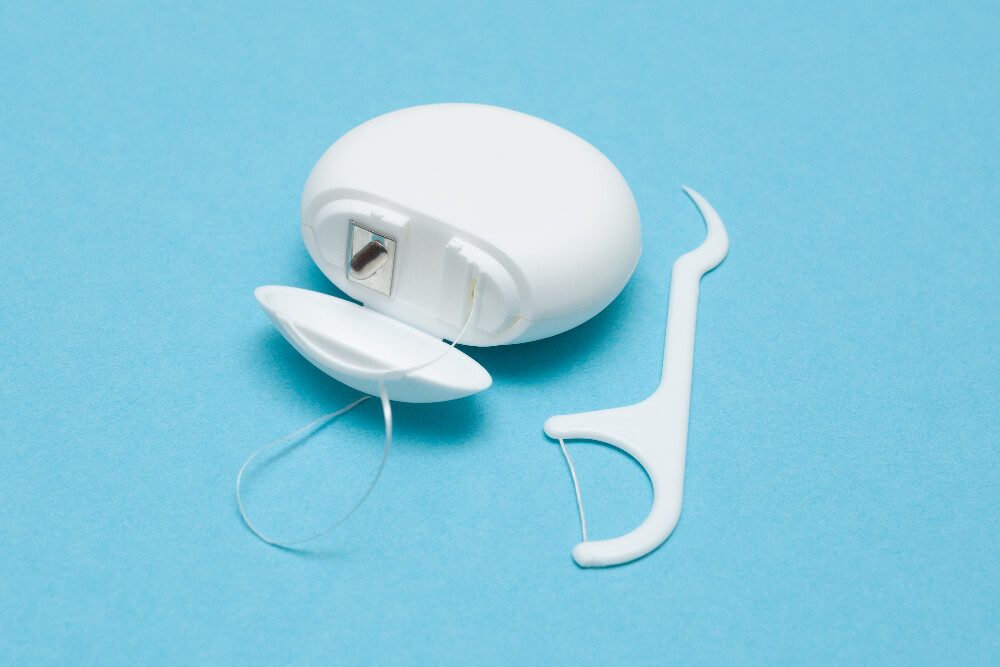How to Floss Your Teeth Properly for Better Dental Health

If you rely solely on brushing to keep your teeth clean, you’re missing around 35-50% of the surface area of your teeth, which, not surprisingly, lies between them.
That is why your Seven Hills dentists always recommend flossing as a mandatory activity for your teeth. It is never something that you can choose to do or not do. Our bold aim is to empower all our patients to be regular flossers with excellent dental health.
When you floss to clean between the teeth, you check off as a bonus, preventing gum disease, tooth decay, and bad breath for a couple of minutes daily.
Make It a Part of Your Routine
It’s best to floss when you’re not in a rush or too tired to do it well. If you’re exhausted at the end of the day, consider flossing first thing in the morning or after lunch.
Alternatively, floss before your nightly brush to go to bed with a clean mouth.
Should Children Floss Their Teeth?
Our dentists recommend introducing the idea of flossing to your children when all 20 of their baby teeth have come out, typically around age 3.
We tend to introduce flossing to kids visiting the dentist when they’re about 4 or 5 years old.
This helps them get used to the idea, and we then slowly encourage them to practise flossing at home once or twice a week.
This builds a habit and familiarity so that when your child is about 12 years old, and all their baby teeth have fallen out, they’re already used to flossing and can be encouraged to floss every day or every second day.
How Do I Floss My Teeth?
If you’re serious about learning, drop by our clinic, and our dentists or staff will gladly give you a free lesson on how to floss correctly. Here are some suggestions you can follow:
Tip 1: Measure and Grip the Floss
Tightly grasp the floss between your thumbs and index fingers, winding about 30 to 45 centimetres around your middle fingers.
Tip 2: Guide the Floss
Keep your thumbs and forefingers close together, gently guide the floss between your teeth, and do not cut or damage your gums with abrupt movements.
Tip 3: Use a Gentle Motion
Gently move your hand up and down the tooth, down one side to just under the gum’s little collar, and then back up the other. Consider it as an oblique “C.”
If poking your fingers into your mouth with a tiny filament isn’t your thing, try a less intrusive floss threader or floss pick.
Floss threaders have nylon loops through which you thread the floss, while floss picks hold the floss taut between two prongs on a handle.

What Type of Floss Should I Use?
This is a matter of personal preference. Some people prefer mint-flavoured or unflavoured floss, while others find dental tape better than dental floss. Some buy whichever brand is cheapest.
Alternatives to Flossing
If you find flossing hard, there are other options.
If you have significant gaps between teeth, we may recommend using bottle-brush-shaped interdental cleaners (or interdental brushes).
Interdental tips (flexible rubber tips) and irrigators (electrically powered water-pumping devices) can complement your flossing regimen.
Interdental Brushes (Interdental Cleaners)
These are great if you can’t get floss between your teeth, especially at the back.
They’re little pipe cleaners that you thread into the gaps between your teeth to clean them.
Use the right size; use a smaller one if the interdental brush is too big for your gap.
Dental Health in Seven Hills
Proper flossing is essential to an individual’s dental health.
My Local Dentists is dedicated to helping you achieve a healthy smile.
Incorporate flossing into your daily routine, teach your children the importance of flossing, and explore alternative methods if traditional flossing is difficult for you.
Your dental health is worth the effort!
Contact your Seven Hills dentist at (02) 8605 1696 and take advantage of our NO GAPS OFFER.
We are at Shop 55, (Ground Floor) Seven Hills Plaza, 224 Prospect Hwy, in Seven Hills.
